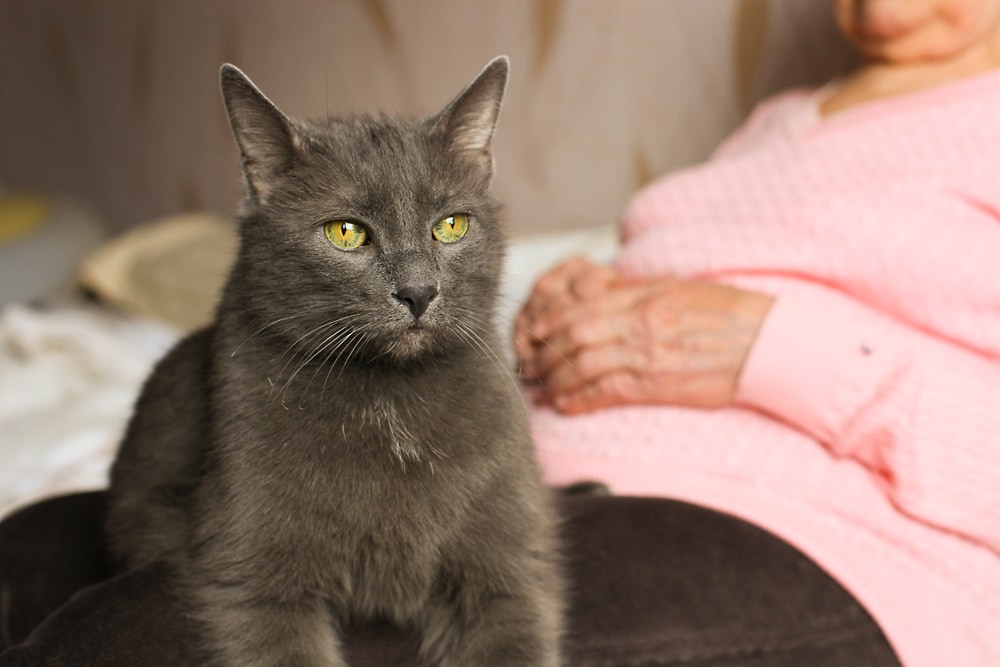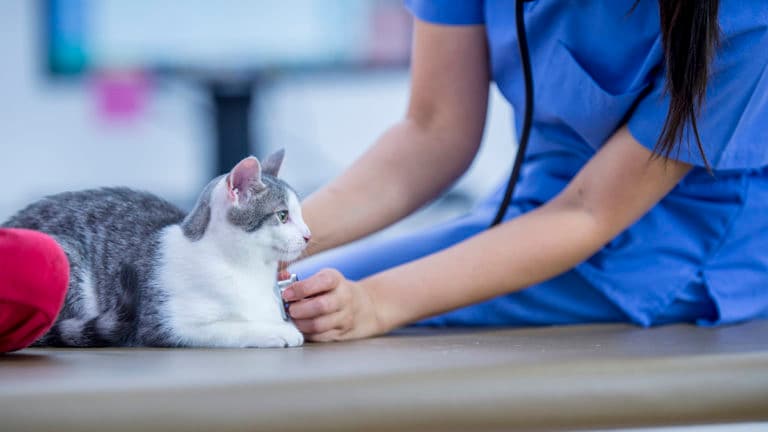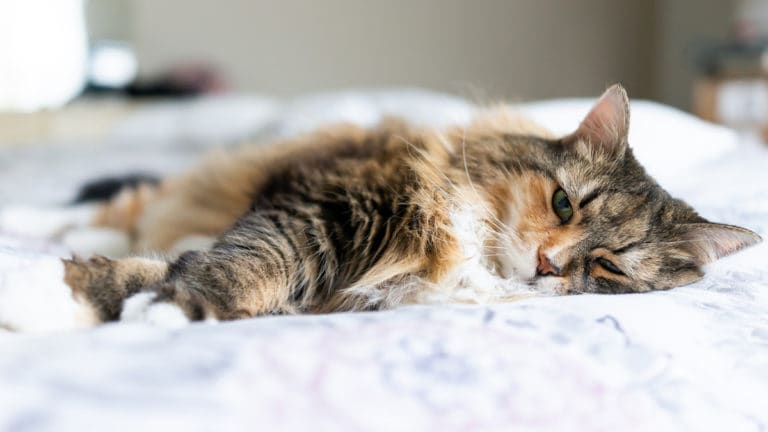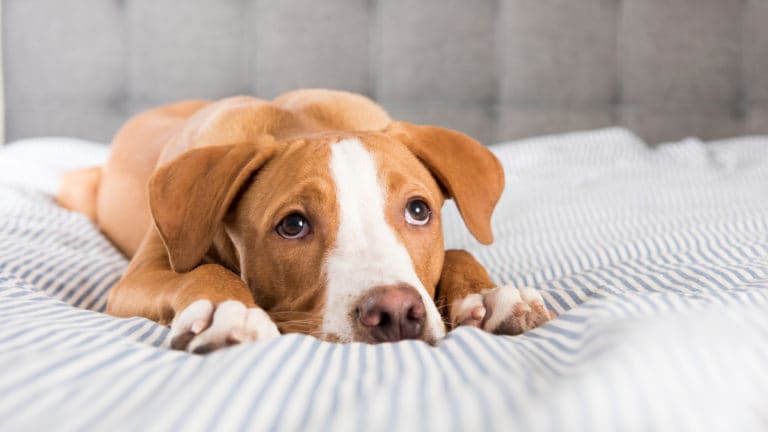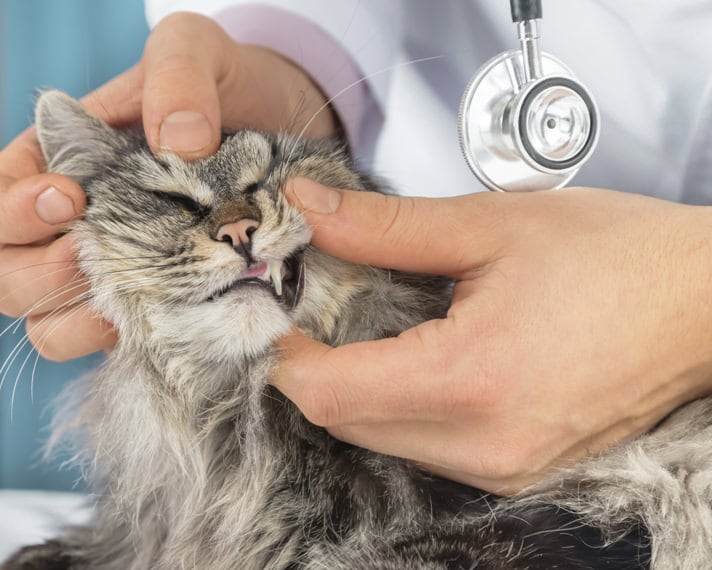Q:
My 12-year-old cat has hepatic lipidosis. My vet said it was curable. He gave me an IV of fluid to give my cat once a day, a vitamin supplement, pills and a capsule to sprinkle on food. My cat is not eating. Is it time to put my cat down, or how much time should I give my cat to respond to medication? I love her very much but I don’t want her to suffer. She has not eaten in more than 5 days.
A:
Hepatic lipidosis (also called “fatty liver disease”) is a liver disorder in which excessive amounts of fat accumulate within the cells of the liver, and the excess fat impairs liver function. Adult cats of either sex can be affected; middle aged to older cats are most commonly affected. Clinical signs of hepatic lipidosis may include vomiting, weight loss, drooling, jaundice (yellow discoloration to the gums, skin and whites of the eyes) and mental dullness. The most consistent sign, however, is poor appetite. Cats with fatty liver disease simply will not eat.
Although the exact cause of hepatic lipidosis is unknown, obesity is thought to be a risk factor. Typically, a stressful event such as a move to a new household or the addition of a new pet or person to the family leads to a period of decreased appetite and weight loss, and can then trigger the onset of hepatic lipidosis. Hepatic lipidosis can also occur secondary to other illnesses, such as diabetes.
Hepatic lipidosis is treatable, although not every cat will recover from the disease. The treatment is food: Food, food, food. Getting food into a cat who doesn’t want to eat can be a challenge. The best way to ensure that cats with hepatic lipidosis receive adequate, consistent nutrition is to have your vet place a feeding tube in your cat. The most commonly used feeding tube is an esophagostomy tube – a tube that goes into the esophagus through a small incision in the side of the neck. Although this sounds dramatic, it really is not too bad. Once placed, owners can feed a high calorie diet, as well as administer various other necessary medications, until the condition resolves.
In my opinion, your cat is not being treated aggressively enough. You cannot just offer food and see if your cat will eat it. Medications may help with some symptoms, but they do not take the place of aggressive nutritional support. If you cannot afford to have a feeding tube placed, you can attempt to force feed using a syringe and commercially prepared high-calorie prescription cat food. Most cats will not cooperate, however. This is why a feeding tube is imperative.
The prognosis for this illness used to be poor, however, the increasing ease and popularity of esophageal feeding tubes has made force feeding much easier, and the prognosis is now considered to be good. Good luck with your cat.
By: Arnold Plotnick
Share:
